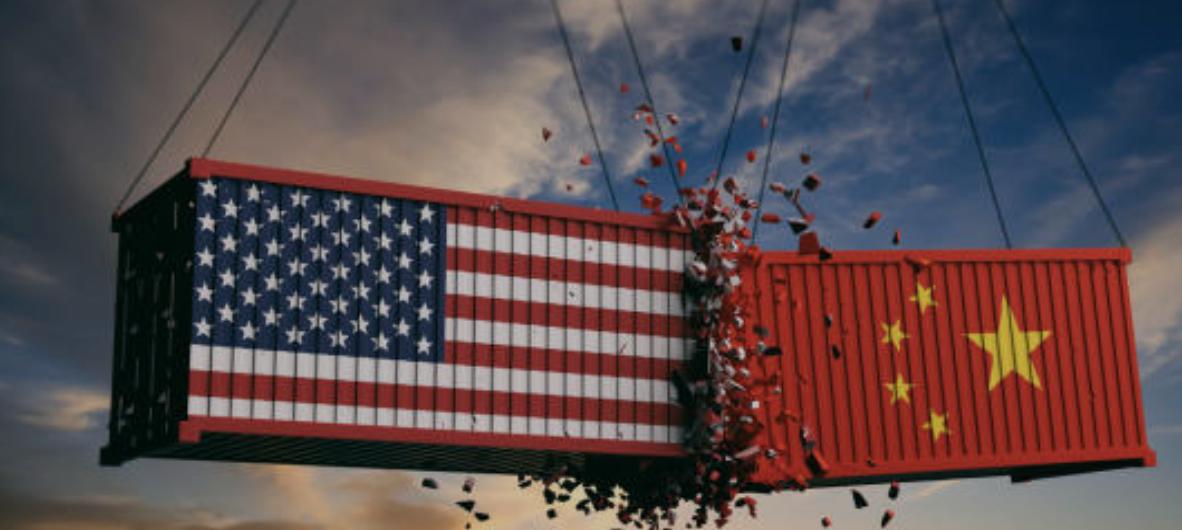
3 minute read
A WAR OF TWO SUPERPOWERS
from The Focus- Issue 1
JAI G.
The two most powerful economies in the world -the U.S and China- have locked horns and engaged in a bitter trade war for the last 18 months. What started as a dispute over unfair trade practice, an unlevelled playing field for firms and theft of intellectual property has now translated into tariffs on goods worth more than hundreds of
Advertisement
billions of dollars, and a threat to the global economy.
In the last 20 years, China’s unprecedented economic success [Figure 1] has led to a growing sentiment in Washington that their trade practices are a problem, since these practices are unfair to American companies. These practices have helped the economy as a whole fuelling



the U.S’ need to curb this rapid growth and retain its spot as the world’s largest economy.
• China has strategically designated firms in certain industries of the future like technology, electric vehicles and energy to a large proportion of their resources (heavy subsidising), therefore successfully establishing competitive advantages
• China has stolen the intellectual property of US firms: by counterfeiting famous U.S brands, pressuring foreign companies to share technology with local companies to gain access to the the vast Chinese market - > U.S and other countries’ firms have missed out on sales as well as having spent billions of dollars to address trademark infringement
• The People's Bank of China has continued to devalue the yuan in an attempt to boost exports and make imports more expensive, most recently in August last year - Trump accused China of “currency manipulation”
Donald Trump intends to change this, and his promise of reforming China resonated with his voter base back in 2016. In June 2018, the U.S began to slap tariffs on $50 billion worth of goods followed by another tariff on $200 billion worth of goods in September. China replied with the same duty tariff on $50 billion worth of goods and then on $60 billion. In December, the U.S and China agreed to talks and halt tariffs
for a 90-day period. Finally, after unconvincing tweets from Trump for months, a deal was signed a few weeks ago, on the 15th of January 2020: “A Phase 1 Trade Deal”. The Phase 1 trade deal entails:
• A $200 billion spending spree of U.S exports to China [Figure 2]. • Increased protection for U.S intellectual property.
• No longer a cost for U.S firms to share technology with
China, to access the market .
Though brief, the deal is a promising start and both countries have indicated that talks will begin soon for a more comprehensive Phase 2 deal that will provide more protection for the U.S. The ongoing Sino-American tensions in the last 2 years have had major impacts on the world economy. The oil price shed significantly in 2018 falling 40% in the space of months after China cut U.S oil imports due to the trade war, therefore stocking up inventories and pushing prices down.
The SP500 and Dow Jones index fell around 20% in the final months of 2018 after tariffs came into play. Equities in the UK fell too, with the FTSE 100 falling around 10%. Gold, a safe haven amongst investors, was one of the only to perform- rallying 15%. The signing of the deal was greeted positively by equities and commodities markets, but uncertainty about prospects of a second deal weighs. Is this the beginning of the end of the trade war, or a small ray of hope soon to be cast away?









